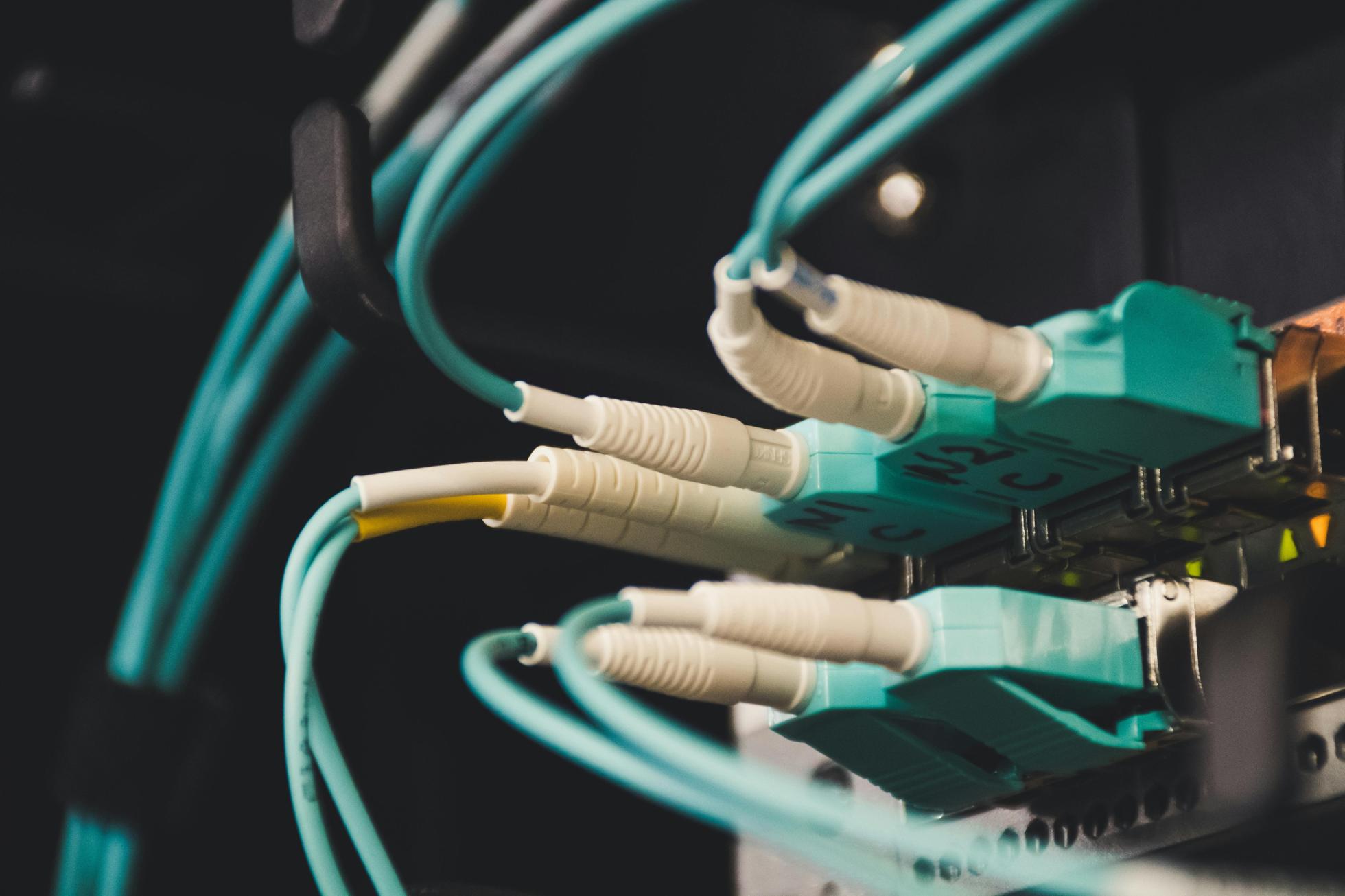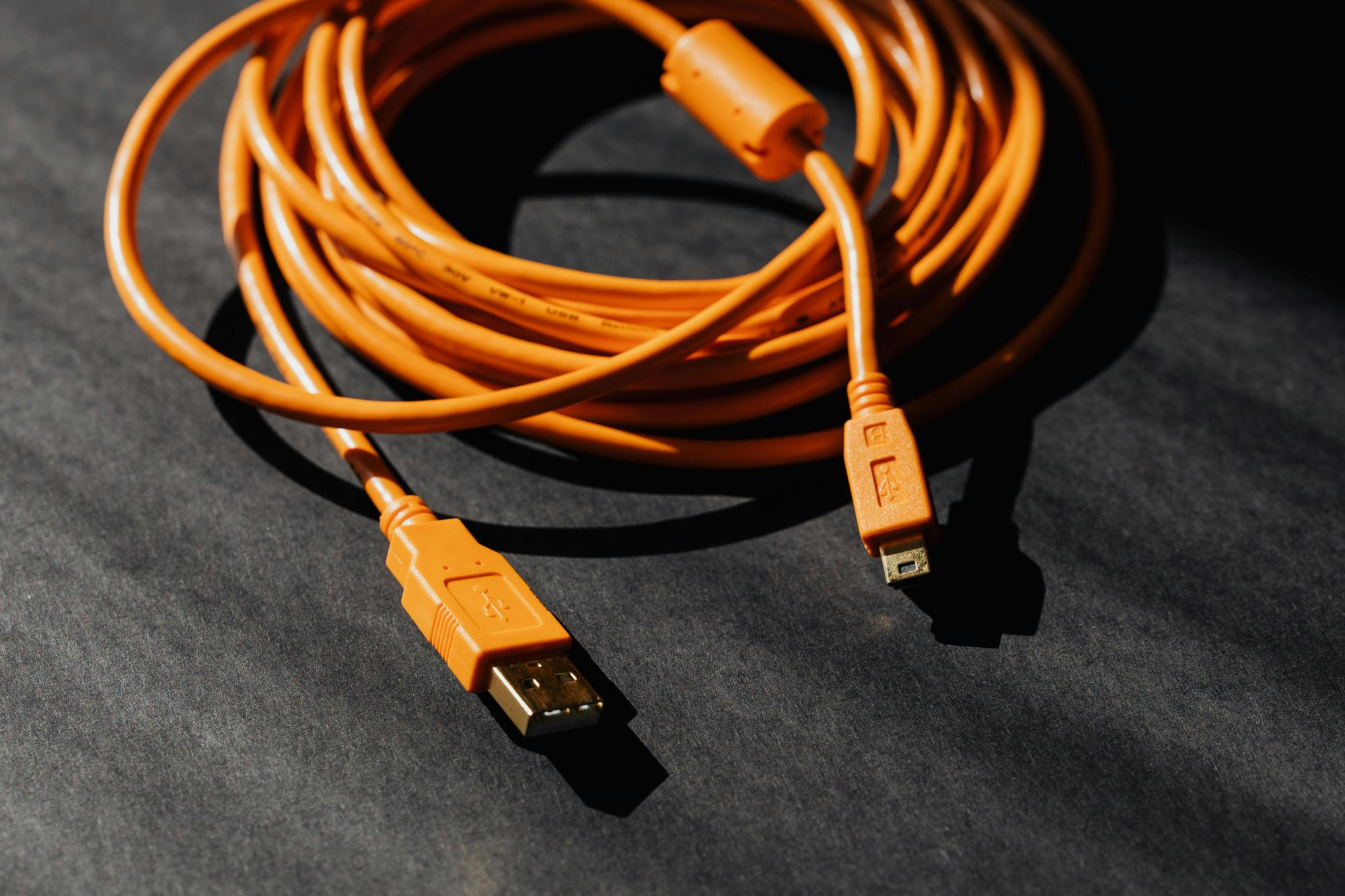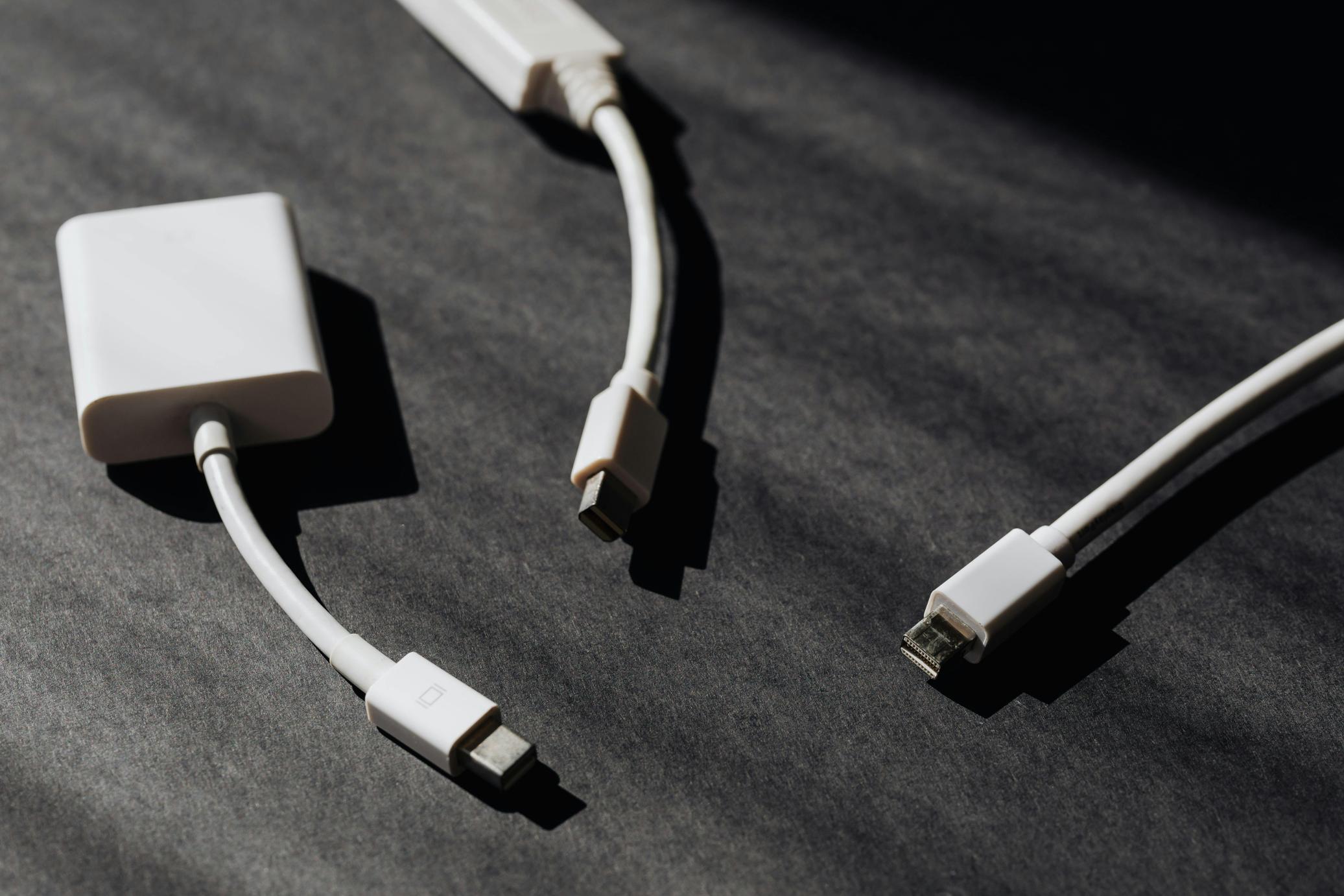How to Connect Ethernet Cable to Laptop
Introduction
Connecting an Ethernet cable to your laptop can offer numerous benefits, especially if you are struggling with an unreliable Wi-Fi connection. This guide will not only help you to understand the types of Ethernet cables available but also walk you through the complete process of setting up a wired connection. By the end of this article, you'll be equipped with the knowledge to troubleshoot common issues and maintain a stable, wired internet connection.

Understanding Ethernet Cables
Types of Ethernet Cables
Before delving into the connection process, it's essential to understand the different types of Ethernet cables available. Ethernet cables generally come in categories such as Cat5, Cat5e, Cat6, and Cat7, each offering varying speeds and bandwidth capacities. Cat5 and Cat5e are suitable for standard home use, while Cat6 and Cat7 are designed for faster, more demanding network environments.
Benefits of Using Ethernet Over Wi-Fi
Using an Ethernet cable for your laptop connection has several advantages over relying solely on Wi-Fi. With Ethernet, you get a more stable connection, reduced latency, and faster data transfer rates. This can be particularly beneficial for activities that require consistent internet speeds, such as gaming, video conferencing, and streaming.
Understanding these benefits and types of Ethernet cables will help you choose the right one for your needs as you proceed with setting up your laptop.
Preparing Your Laptop for an Ethernet Connection
Checking for an Ethernet Port
The first step in preparing your laptop for an Ethernet connection is to check if it has an Ethernet port. This port, often referred to as an RJ45 port, is slightly larger than a standard phone jack. Most older laptops and some newer models come equipped with this port.
Necessary Adapters for Laptops Without Ports
If your laptop doesn't have an Ethernet port, don’t worry. You can still connect to the internet using an Ethernet cable by employing the right adapters. USB to Ethernet adapters are widely available and easy to use. Simply plug the USB end into your laptop and the Ethernet cable into the adapter's RJ45 port.
Now that your laptop is ready for the connection, let's move forward to the step-by-step guide on connecting your Ethernet cable to your laptop.
Step-by-Step Guide to Connecting Ethernet Cable to Laptop
Step 1: Gathering Required Equipment
To start, gather all the necessary equipment: - Ethernet cable (Cat5, Cat5e, Cat6, or Cat7) - Laptop - USB to Ethernet adapter (if needed) - A functioning Ethernet port or router
Having these items on hand will streamline the process and ensure everything goes smoothly.
Step 2: Connecting the Ethernet Cable to Your Laptop
- Locate the Ethernet port on your laptop. If using an adapter, plug the adapter into an available USB port.
- Insert one end of the Ethernet cable into the laptop’s Ethernet port or the adapter.
- Connect the other end of the Ethernet cable to an Ethernet port on your router or a wall socket connected to your networking infrastructure.
Step 3: Configuring Network Settings
Once the physical connection is made, you might need to adjust your network settings: 1. Open your laptop’s network settings. On Windows, this can be found in the Control Panel under Network and Sharing Center; for macOS, go to System Preferences and select Network. 2. Select the Ethernet connection. In most cases, the laptop will automatically detect the Ethernet connection and configure itself. 3. Set the network profile. For added security, choose a private or home network setting. 4. Test the connection. Open a web browser and visit a few websites to ensure your connection is working correctly.
By carefully following these steps, you should be able to establish a reliable wired internet connection on your laptop.
Troubleshooting Common Issues
Identifying Common Problems
Sometimes, things don’t always go as planned. Common issues might include the Ethernet not appearing in your network settings or an unstable connection.
Fixing Connection Issues
- Check the Cable: Ensure the Ethernet cable is properly connected at both ends and is not damaged.
- Restart Your Devices: Restart your laptop and router to refresh the connection.
- Update Drivers: Make sure your network drivers are up-to-date by checking your device manager or system preferences.

Ensuring Optimal Performance
For the best performance, ensure that your router’s firmware is updated and that your Ethernet cable is of good quality and suitable length. Use shorter cables for more stable and faster connections, wherever possible.

Advanced Tips for Enhancing Your Ethernet Connection
Enhancing Connection Stability
To maintain a stable Ethernet connection, avoid using excessively long cables or routing cables through areas with heavy electronic interference. You can also use cable organizers to prevent tangling and maintain a clean environment.
Regular Maintenance
Regularly check for software updates, including your laptop's operating system and router firmware. Periodic cleaning of your Ethernet ports and cables can also prevent connection issues.
These advanced tips will help you sustain a reliable Ethernet connection, ensuring smooth online activities.
Conclusion
Connecting an Ethernet cable to your laptop is a straightforward process that can significantly enhance your online experience. By following the steps laid out in this guide, you can ensure a stable and fast internet connection. Always remember to troubleshoot if any issues arise, and maintain your equipment regularly for optimal performance.
Frequently Asked Questions
What if my laptop doesn't have an Ethernet port?
If your laptop lacks an Ethernet port, you can use a USB to Ethernet adapter to connect via a USB port.
How do I know if my Ethernet cable is working?
Test the Ethernet cable by connecting it to another device. If the other device connects to the internet, the cable is likely functioning correctly.
Can I use an Ethernet splitter to connect multiple devices?
Yes, you can use an Ethernet splitter, but it might reduce the overall network performance. Consider using a router with multiple ports for better efficiency.



